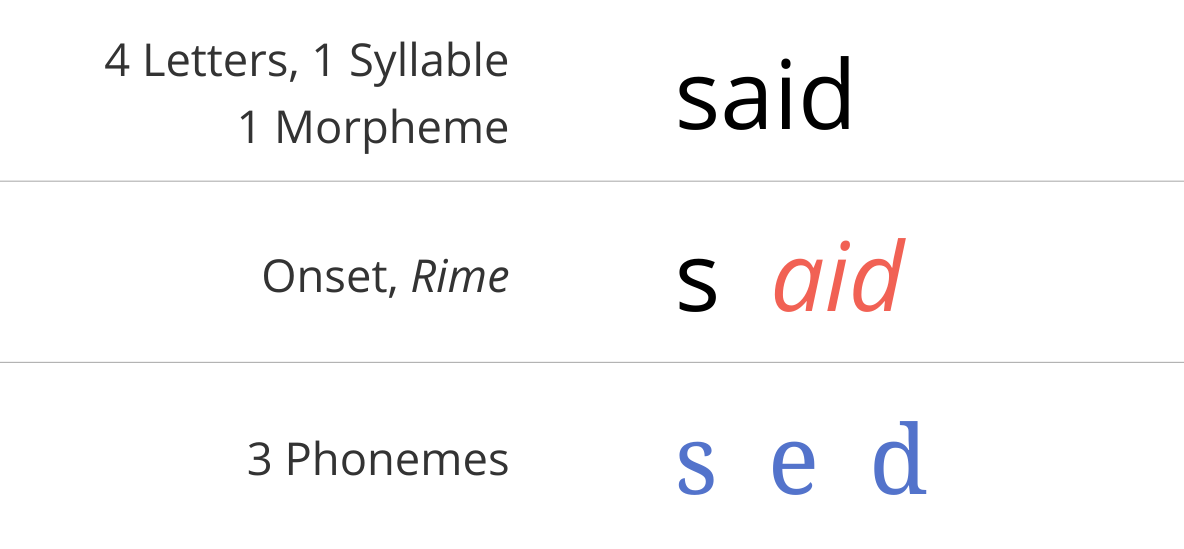Take, for instance, future assistive robots (which assist the disabled / elderly, as I described here). They will be able to take the customer downstairs, take her to the movies, help her with some medical procedures and so on. This covers the vast majority of the time.
However, in some cases (e.g. the customer faints, or some policeman across the street hollers incomprehensible stuff at the robot, etc.) this mostly-autonomous robot should alert an operator. The operator would probably take over remotely, using the robot’s sensors (e.g. vision, hearing) and actuators (e.g. locomotion, grabbing) to understand the situation and “do the right thing”.

e = get, head
Dive into said